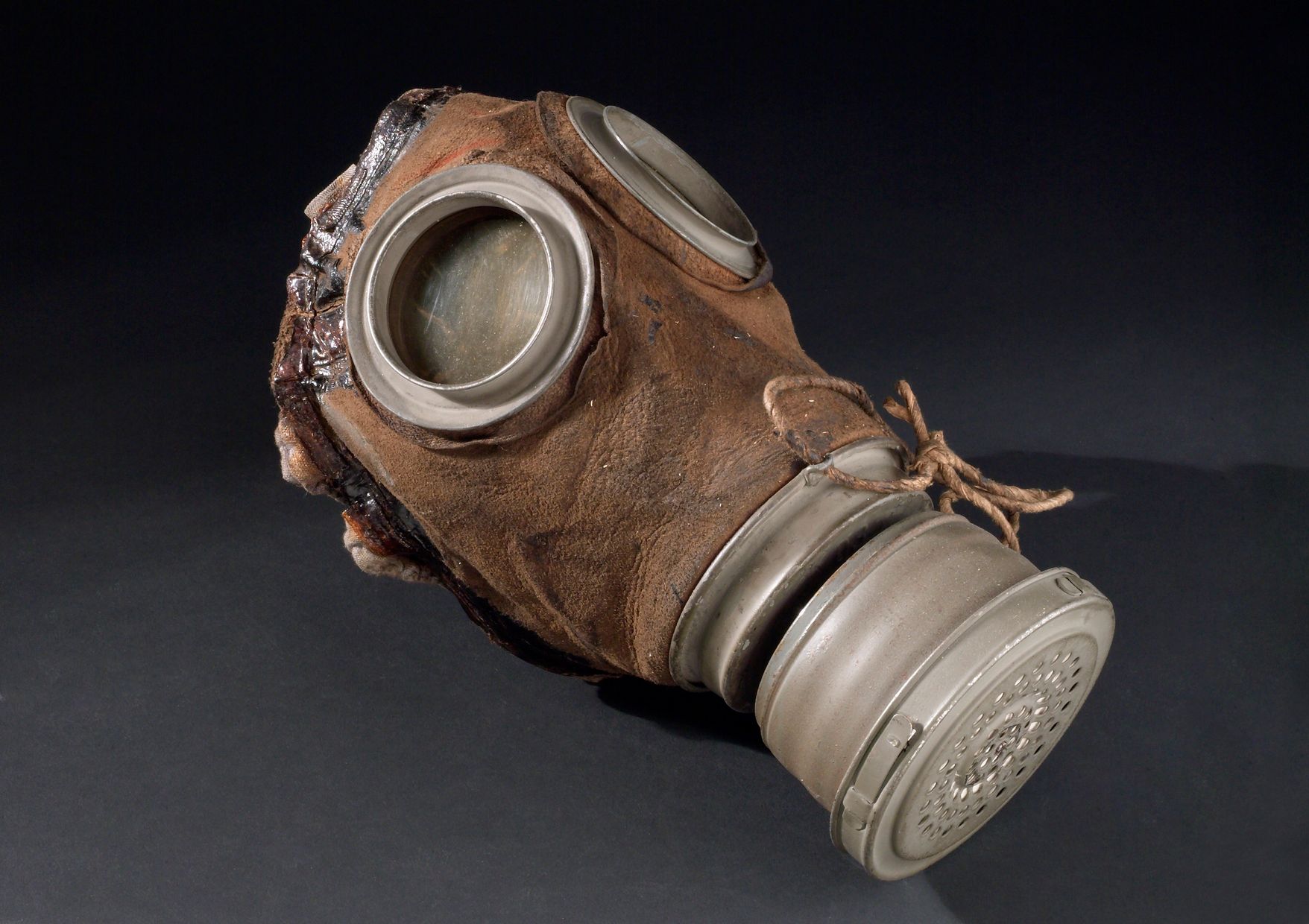
The cookie is used to store the user consent for the cookies in the category "Performance". This cookie is set by GDPR Cookie Consent plugin. The cookie is used to store the user consent for the cookies in the category "Other. The cookies is used to store the user consent for the cookies in the category "Necessary". The cookie is set by GDPR cookie consent to record the user consent for the cookies in the category "Functional". The cookie is used to store the user consent for the cookies in the category "Analytics". These cookies ensure basic functionalities and security features of the website, anonymously. Necessary cookies are absolutely essential for the website to function properly. However, Stubby’s mask was a poor fit for the thick bull terrier’s head. Army would not begin work on its own mask until 1926, but the Germans, French and British had experimented with applying existing human masks to their dogs early into the war. When did dogs start wearing face masks in WW1? Horses, mules, dogs and pigeons were vulnerable to poison gases so that special protection was necessary for them. Many animals were used during World War One. Two German soldiers and their mule wearing gas masks in World War One, 1916. What animals were used during World War One? The shallow covering of the human mask could not protect a dog’s sensitive ears. Troops wrapped straps around the noses of pack animals, or squeezed dogs’ faces into the soft baggy masks they used for themselves. Early gas mask designs were crude as poison gas attacks had not been expected, and as such they provided little protection.īefore animals received customized gas masks, many soldiers simply attached human masks. This is until poison gas attacks took the Allies on the Western Front by surprise, resulting in many casualties. Gas masks were initially not considered an important piece of equipment in World War One. Horses, donkeys, mules and camels carried food, water, ammunition and medical supplies to men at the front, and dogs and pigeons carried messages. However, animals remained a crucial part of the war effort. Over 16 million animals served in the First World War. What were gas masks made out of in WW1? How did animals affect World war 1? Chemical warfare using chloride gas was first released by German troops on April 22, 1915, killing 1,100 Allied soldiers and injuring an unknown number of others. Gas masks were developed in WWI to protect soldiers from the effects of chloride gas. They also served as messengers, often delivering their missives under a hail of fire. Dogs hauled machine gun and supply carts. Dogs played an important military role for most European armies during World War I, serving in a variety of tasks. Many of our inspectors lost their lives in their attempts to save animals forced to participate in war. And many hundreds of dogs, carrier pigeons and other animals also died on various fronts. What happened to the animals after WW1?Īnimal lost in war It is estimated that 484,143 British horses, mules, camels and bullocks died between 19. These first cartridges were composed of vegetable coal, hyposulfite and soda ash.
#Gas mask ww1 full#
The Gummimaske was the first full face mask made of rubber fabric and featuring an interchangeable chemical air purifying system: the cartridge filter. In the fall of 1915, German troops were equipped with a kind of modern gas mask. By January 1917, it had become the standard issue gas mask for all British soldiers. Though it was crude, the hypo helmet was a sign to British troops in the trenches that something was being done to help them during a gas attack and that they were not being left out for slaughter. The German army successfully used poison gas for the first time against Allied troops at the Second Battle of Ypres, Belgium on April 22, 1915. The First World War brought about the first need for mass-produced gas masks on both sides because of extensive use of chemical weapons.

They were used for transport, communication and companionship. The M2 was fabricated in large quantities, with about 29,300,000 being made during the war. The M2 gas mask was a French-made gas mask used by French, British and American forces from April 1916 to August 1918 during World War I.


 0 kommentar(er)
0 kommentar(er)
